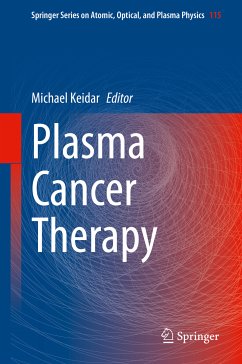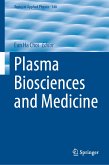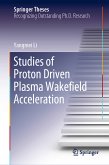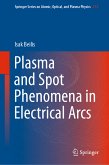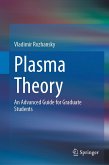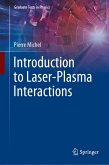Written by a global, cross-disciplinary group of leading researchers, this book covers basic theory, generation, diagnostics, and simulation of cold atmospheric plasma, as well as their clinical application in cancer therapy, immunotherapy, and future outlook, giving a complete picture of the field.
It is meant for a broad audience, from students to engineers and scientists, who are interested in the emerging world of plasma medical applications. It presents recent advances, primary challenges, and future directions of this exciting, cutting-edge field.
Dieser Download kann aus rechtlichen Gründen nur mit Rechnungsadresse in A, B, BG, CY, CZ, D, DK, EW, E, FIN, F, GR, HR, H, IRL, I, LT, L, LR, M, NL, PL, P, R, S, SLO, SK ausgeliefert werden.

